-
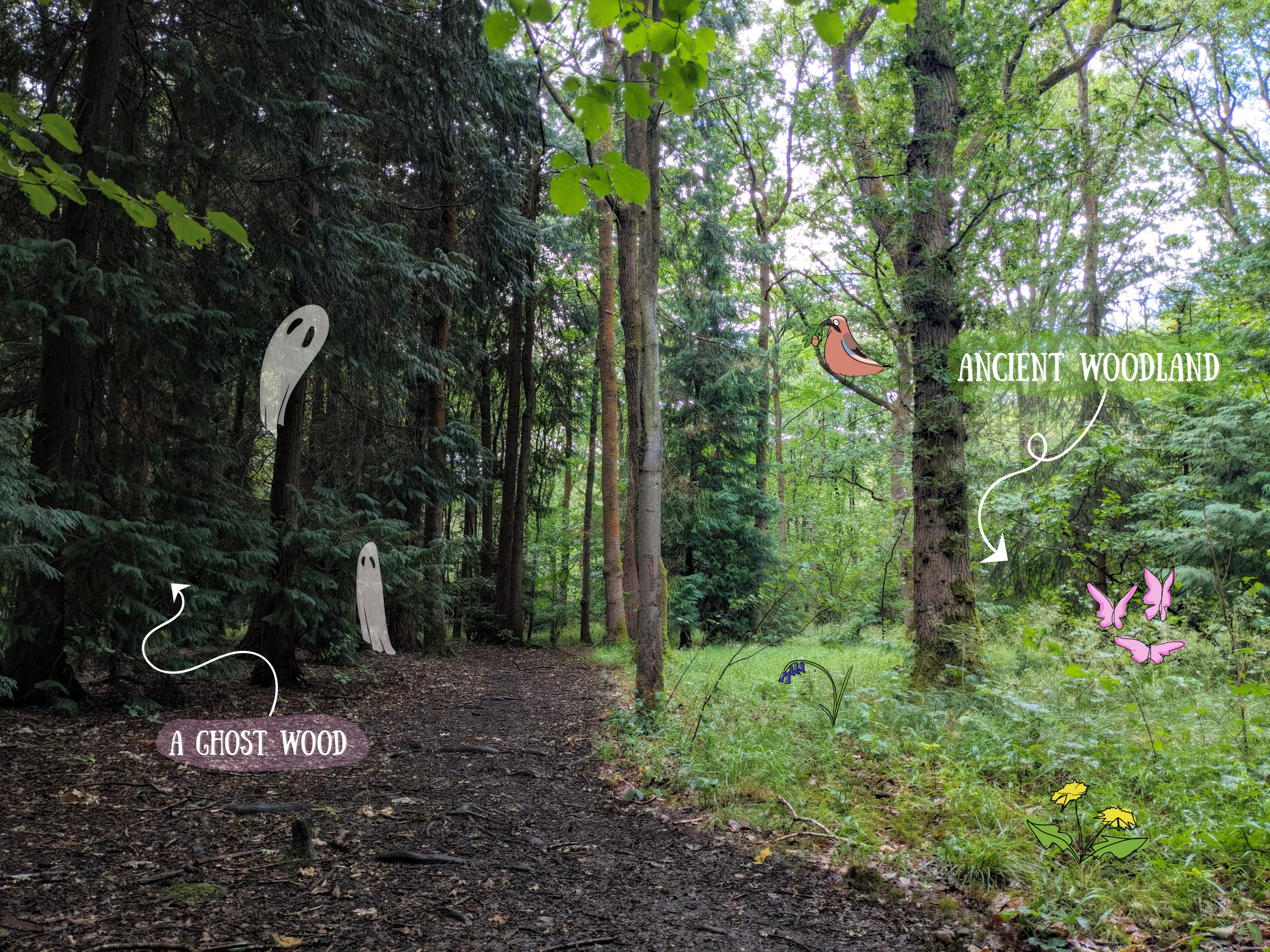
Ancient Woodlands and the new England Trees Action Plan
At the end of last month Wild Card’s Ghost Woods team contributed to DEFRA’s consultation on the upcoming England Trees Action Plan. You can read our submission here.
-
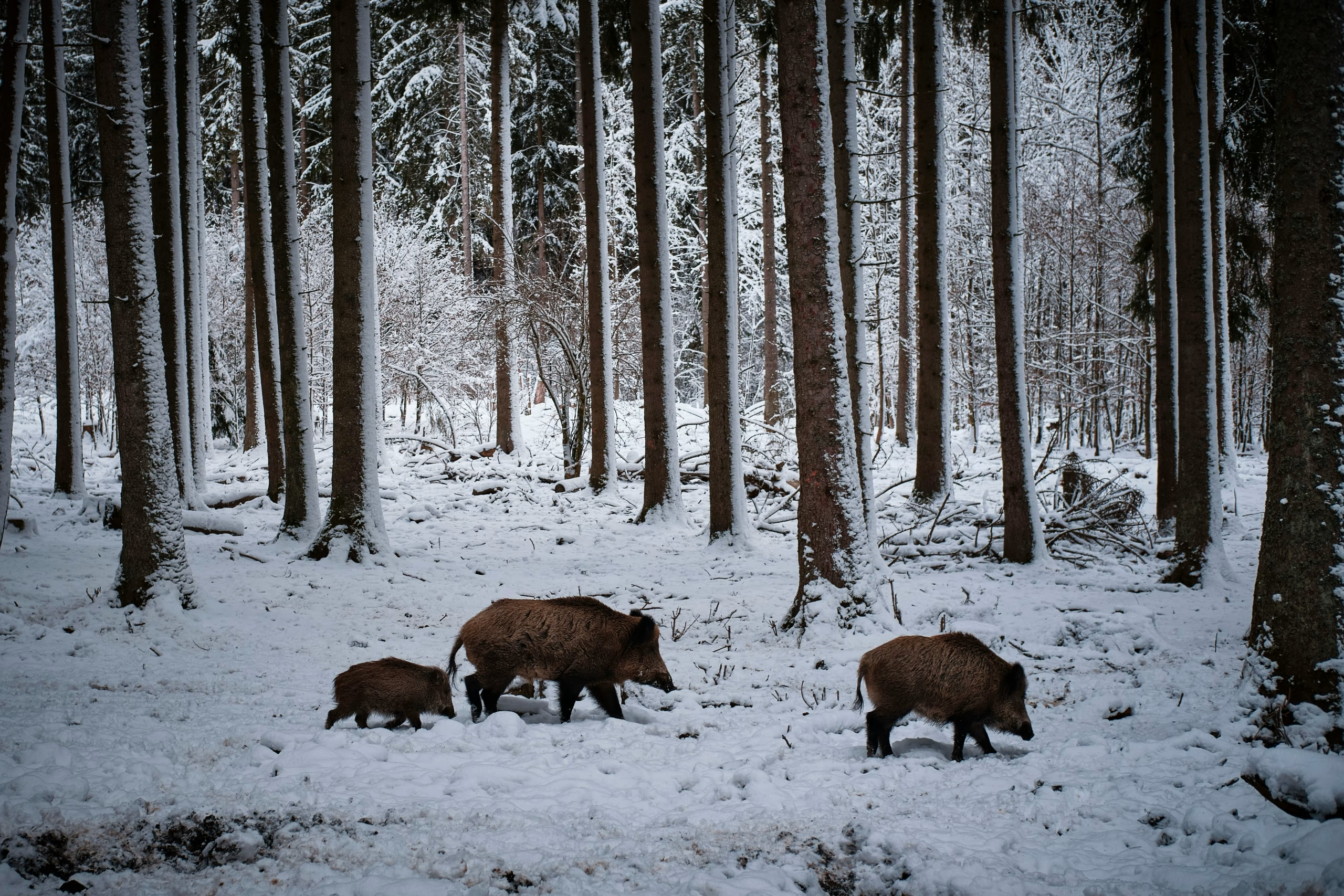
Rewilding Species of the Month: The Boar
The boar plays an incredible role in our ecosystems. Unfortunately, especially with current laws set against reintroduction, we are sorely missing this keystone species.
-

Rewilding Species Of The Month: The Oak
Oak trees have always been entwined with human life, building our ships, flavouring our whisky, and structuring our steeples for centuries. Throughout history, the great oak has sheltered both our princes and our paupers and thousands of non-human species too
-
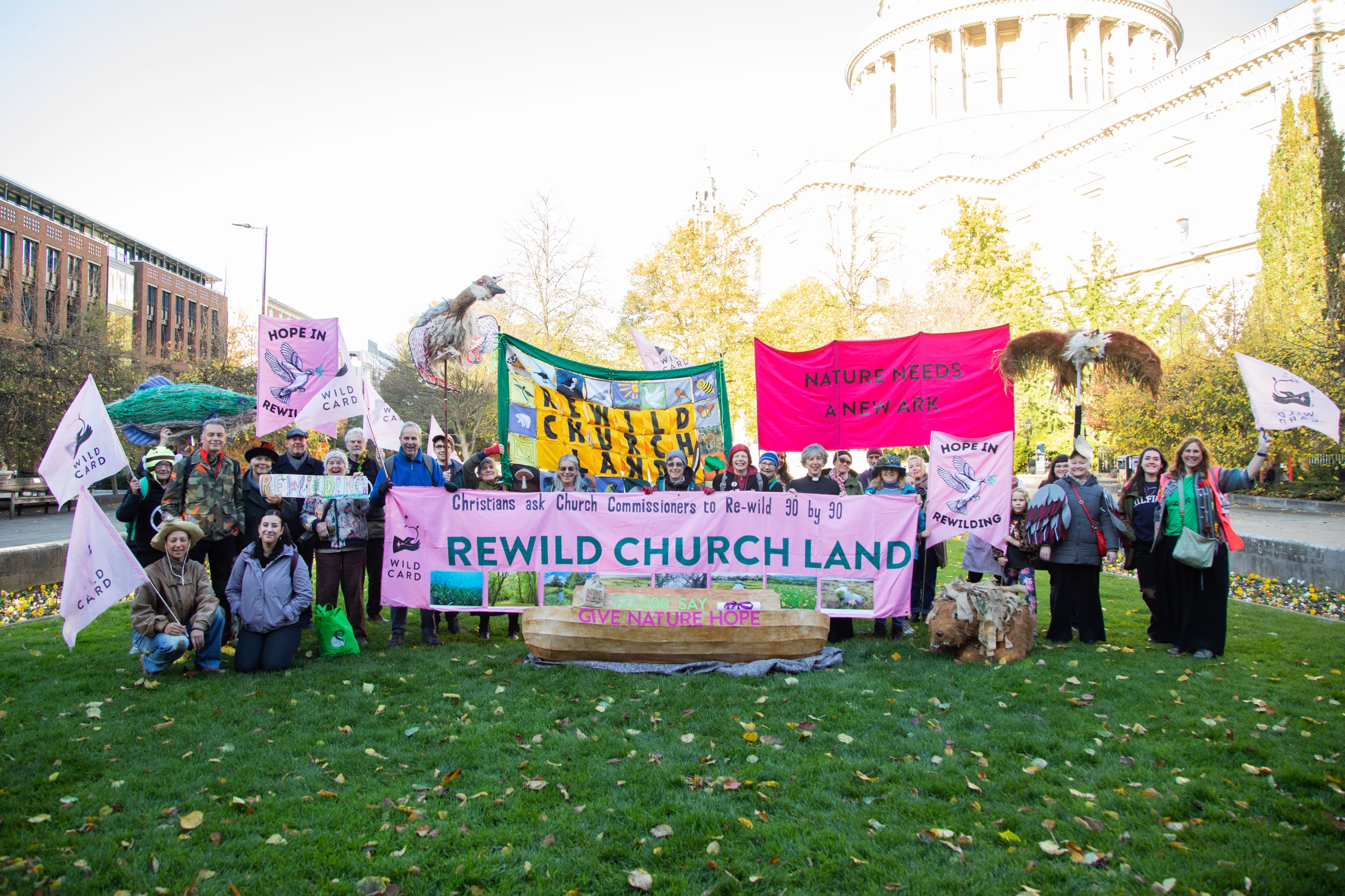
An ark, a bag of seeds, and a call for the new Archbishop to give nature hope
Bright and early last Friday morning, donned in beanies, gloves, wings, leaves and feathers, members of the Rewild the Church movement gathered at Festival Gardens outside St Paul’s Cathedral, coming together to deliver a message of hope to the incoming Archbishop of Canterbury and current Bishop of London Dame Sarah Mullally. With Bishop Sarah’s historic…
-
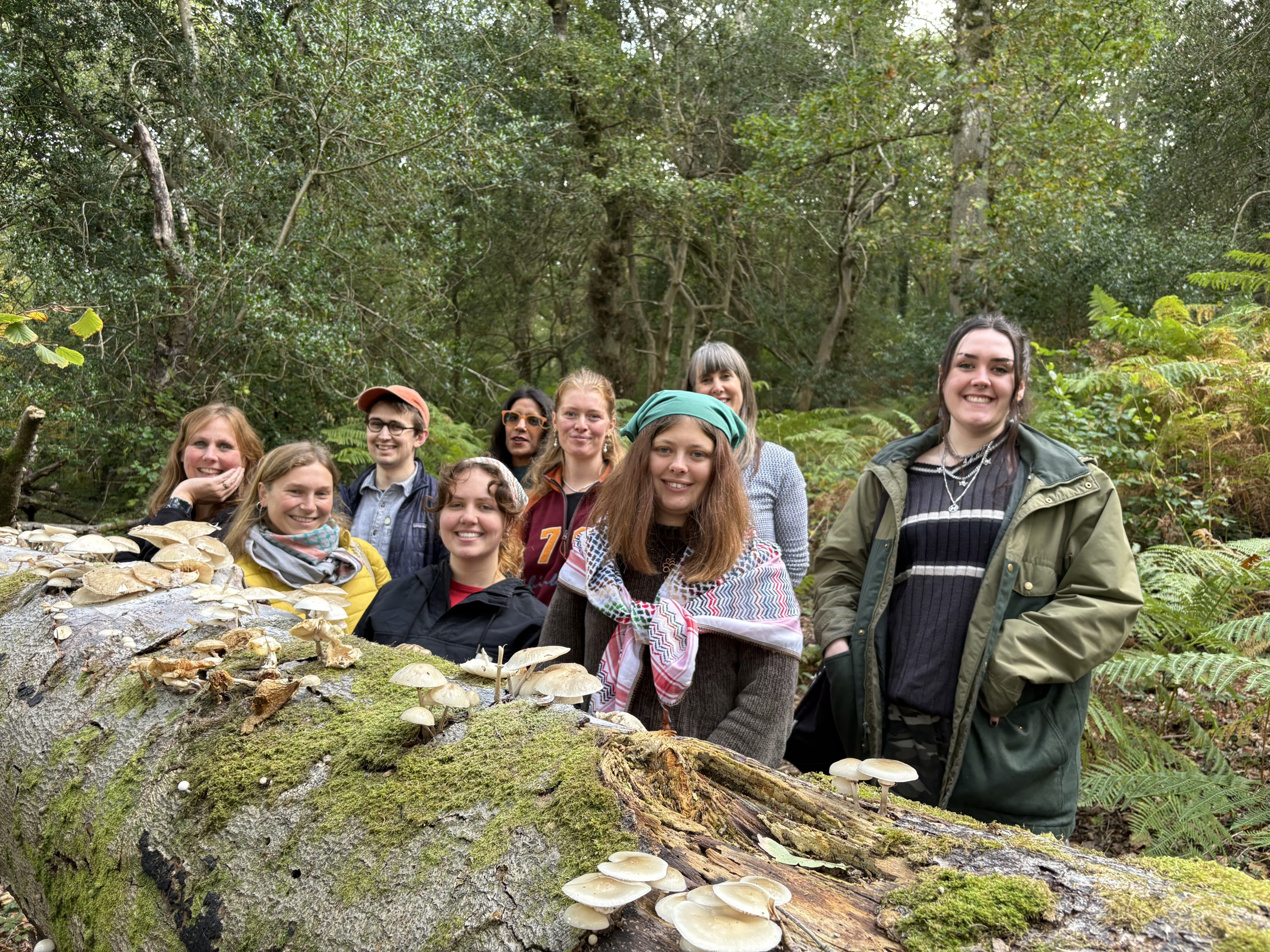
Wild Card trip to Embercombe
As a group that’s all about nature but which organises via technology, it’s vital to Wild Card that we return to our roots whenever we get together. Hence, our in-person meet-ups prioritise opportunities to get out into the field, (though that field might be a meadow, a moor, a wetland or a woodland). These visits…
-

Shakespeare and the Ghost Woods
Finding Shakespeare’s Ghost Woods Whether it be Hamlet’s father, Richard III’s victims, or Banquo and his gory locks, everyone knows Shakespeare’s connection with ghosts. Far far fewer are aware of the connection between Shakespeare and the Ghost Woods. Yet, as our team began to research the sites of ancient woodland smothered beneath conifer plantations, we…
-
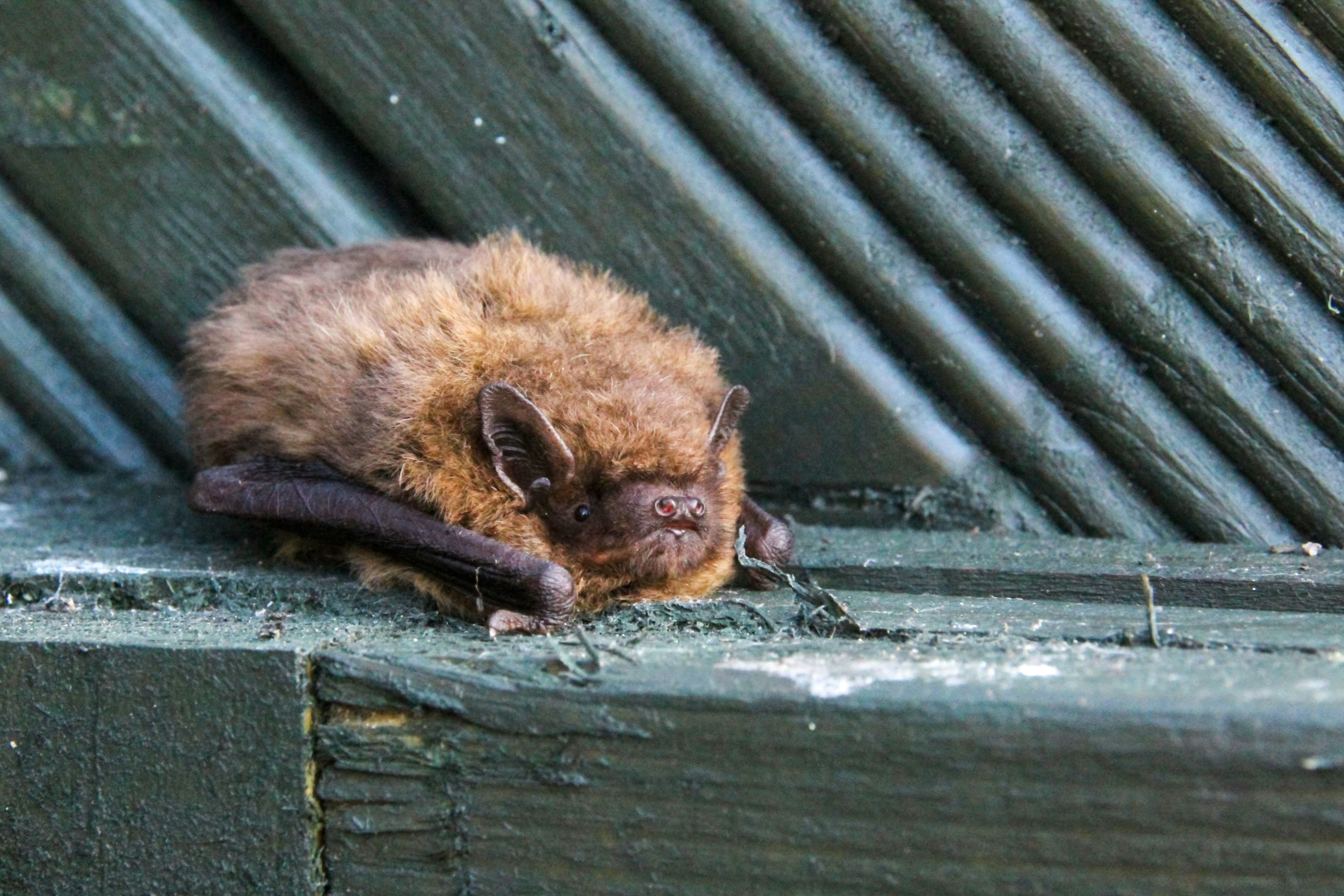
Rewilding Species of the Month: Bats
October seems the ideal time to celebrate bats as our rewilding species of the month. They will soon be emerging in window displays of Halloween bat bunting and, if you’re lucky, your local bakers may even be serving gingerbread bats. Extended nights can also mean you’re more likely to spot a bat in the wild…
-
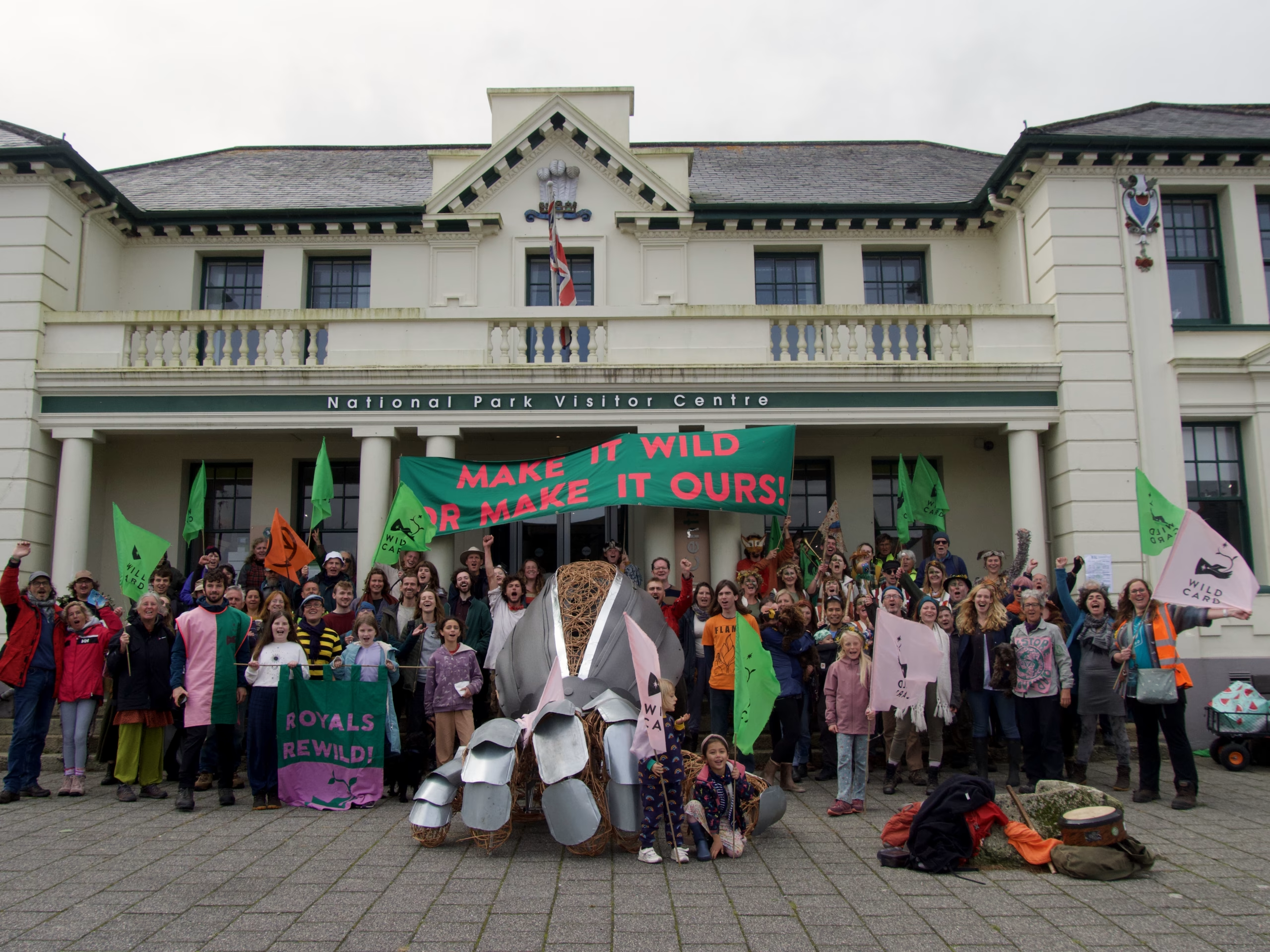
Dartmoor’s Future: Did the Duchy Listen to the March for a Wild Dartmoor?
In 2023, our guest author, Tony Whitehead, joined with Wild Card and hundreds of others to march for a Wild Dartmoor. Following the publication of the Duchy of Cornwall’s new vision for Dartmoor, he explores to what extent this vision meets our demands.
-
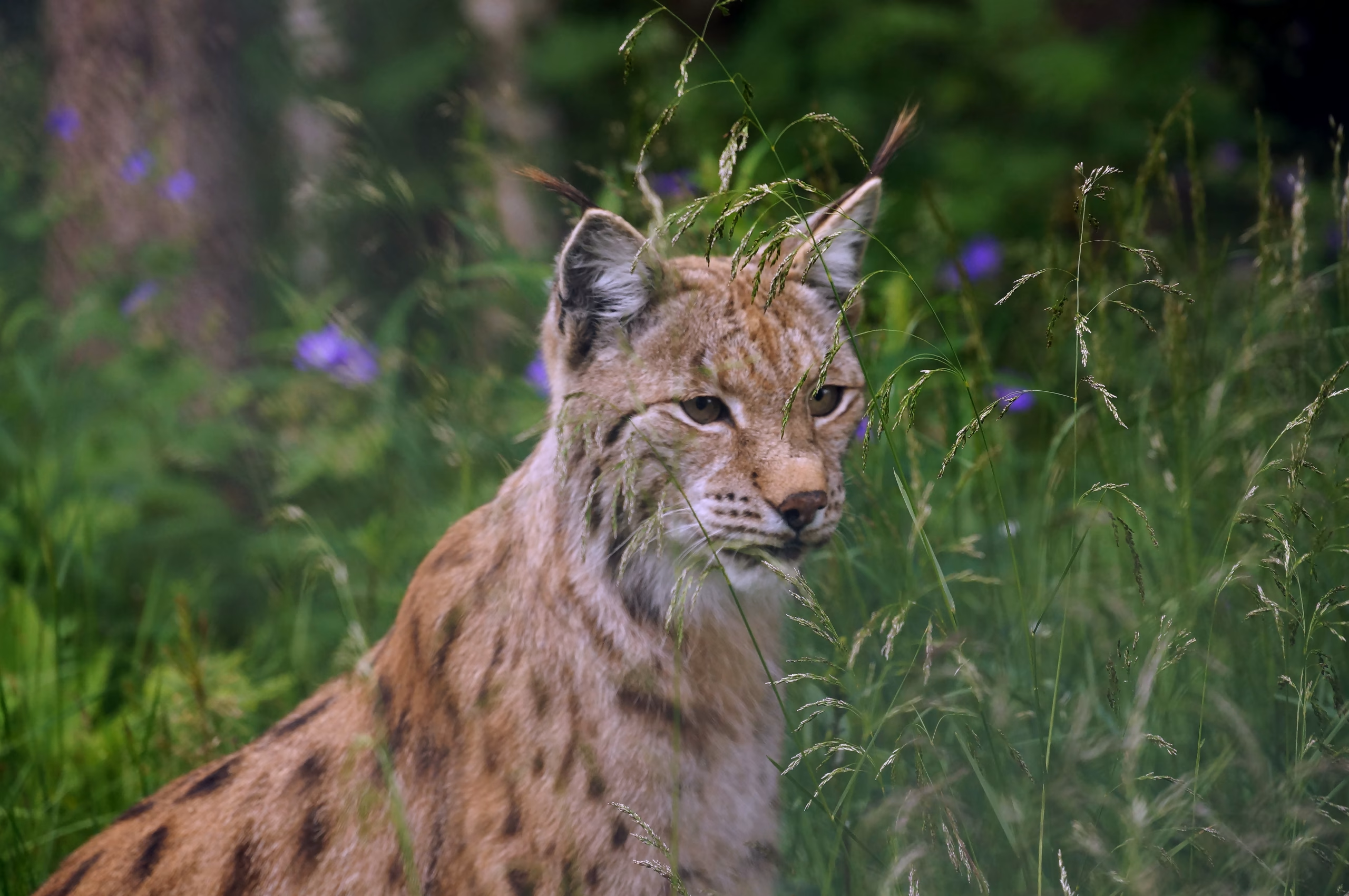
Rewilding Species of the Month: The Eurasian Lynx
As part of the UK’s ecological heritage, the Eurasian lynx has earned its place as our rewilding species of the month. Although lost to us around 1,300 years ago, through habitat destruction and hunting, these tufty eared beauties managed to cling on elsewhere in Europe. Is it time we brought them back here as well?
-
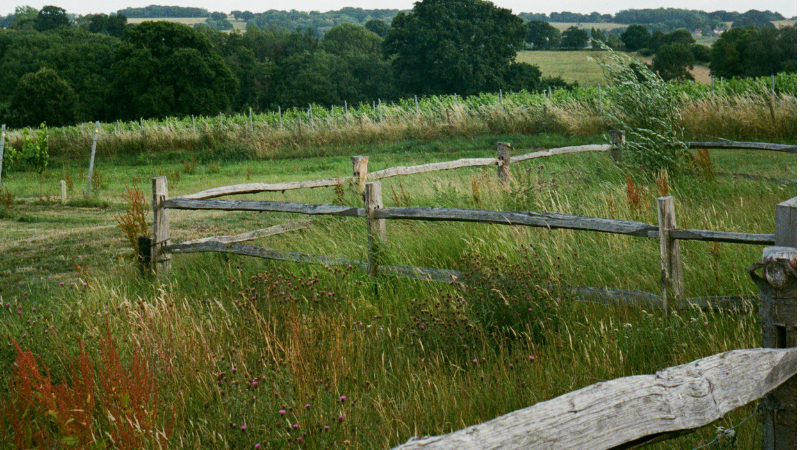
How Rewilding Can Boost Farmers’ and Landowners’ Income
Farmers – whether owner-occupiers or tenants – manage around 70% of UK land. If we are to rewild 30% of land by 2030 without compromising food security, some of this must come from farmland.
Our blog posts are written by our core team and guest bloggers. If you have an idea for a blog post please pitch it to us: info@wildcard.land
